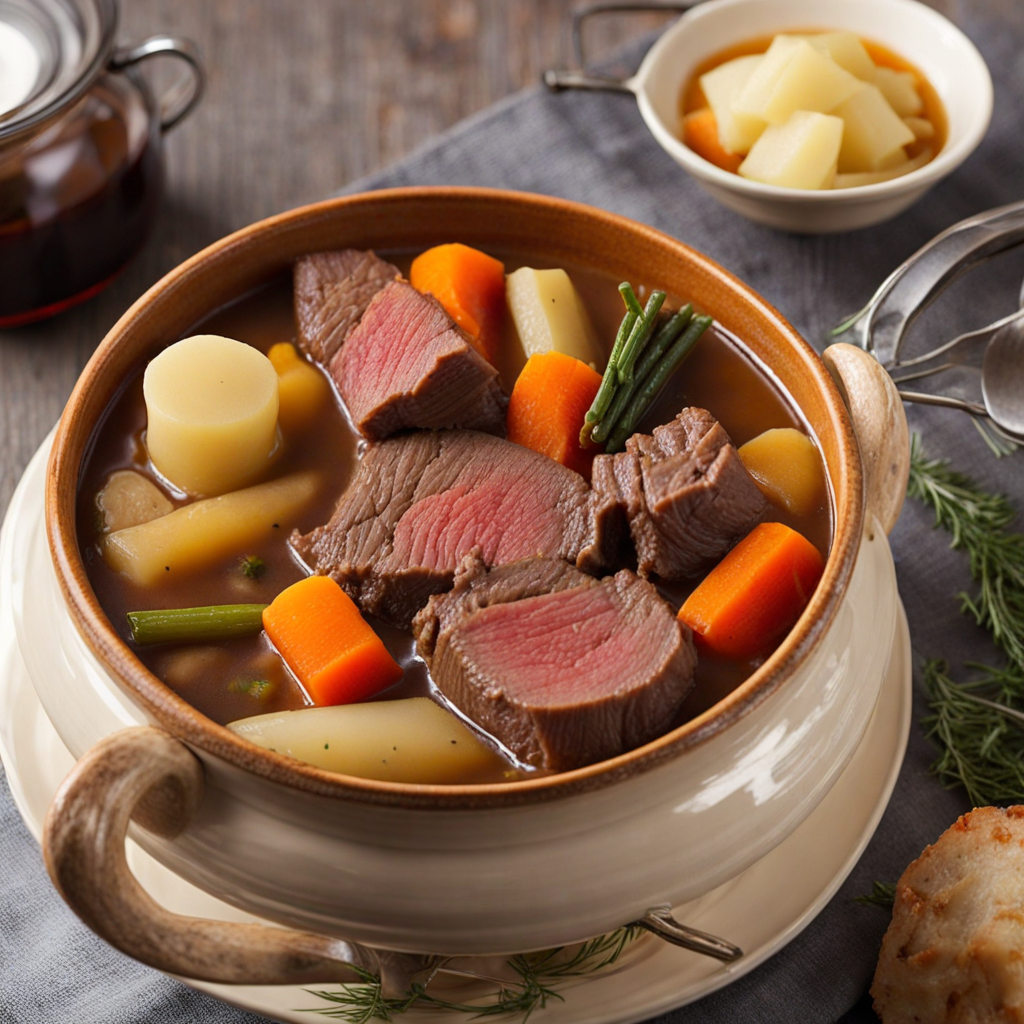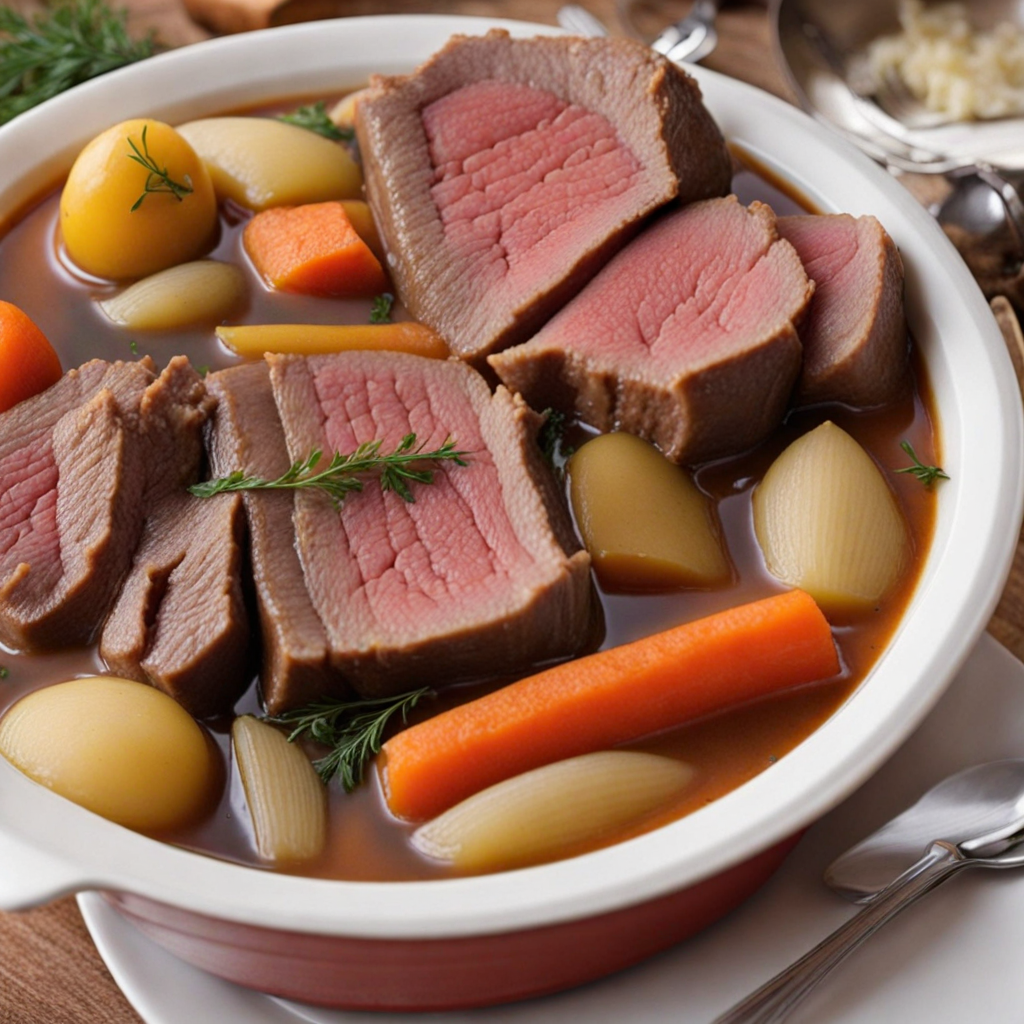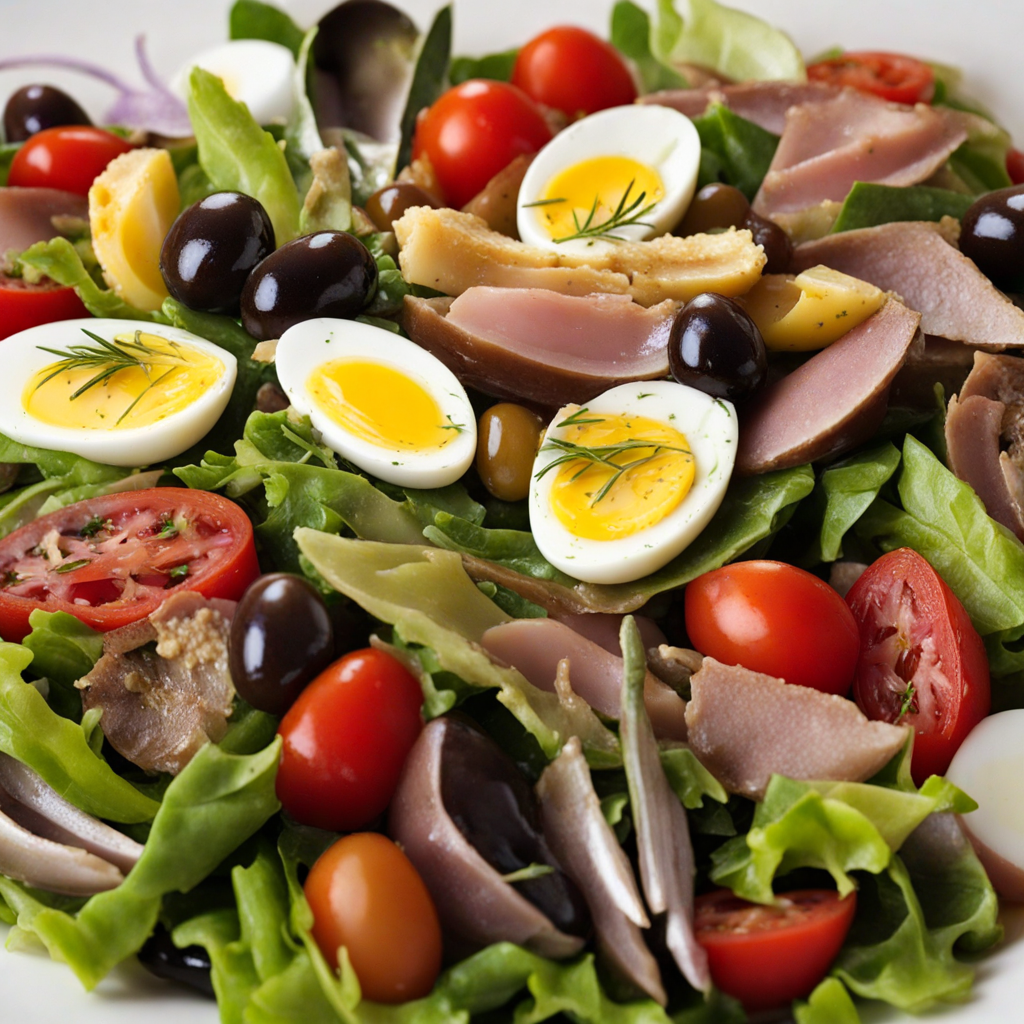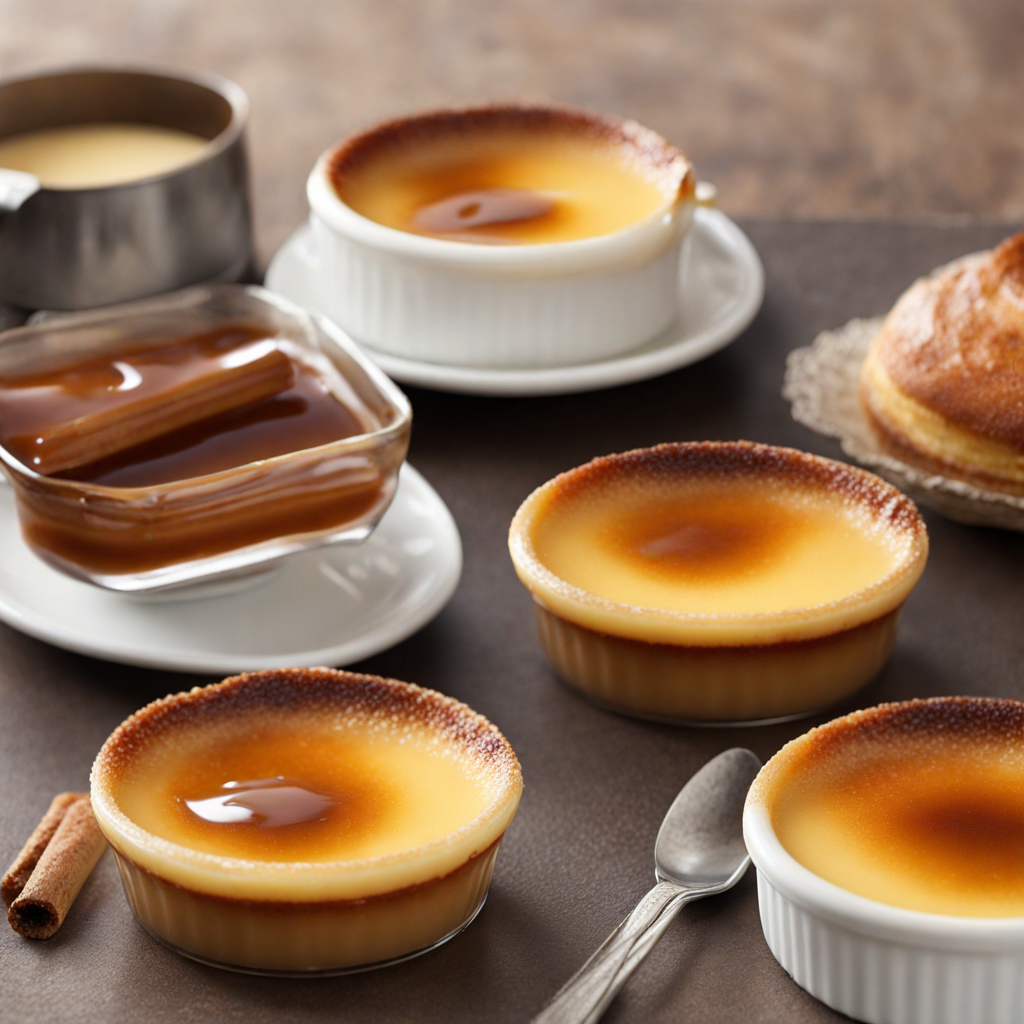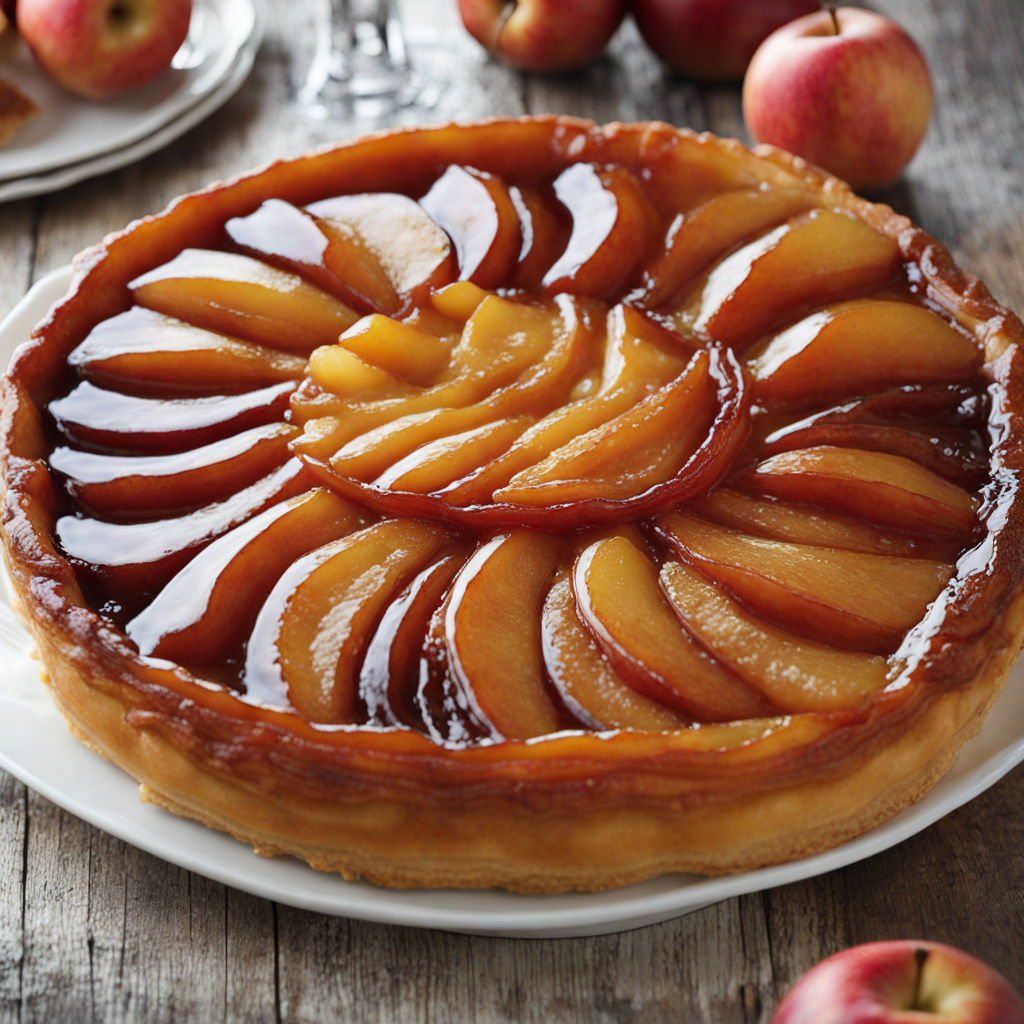Pot-au-feu
Pot-au-feu is a traditional French dish that embodies the essence of rustic comfort food. This hearty stew is made by simmering a variety of meats—typically beef, but sometimes including chicken or pork—with a medley of vegetables such as carrots, leeks, and turnips. The ingredients are slowly cooked together in a large pot, allowing the flavors to meld beautifully over time. The result is a rich, savory broth that serves as the foundation of the dish, while the tender meats and vibrant vegetables provide texture and nourishment. The preparation of Pot-au-feu is a celebration of simplicity and quality ingredients. The meats are often cut into large chunks, which become wonderfully tender as they cook, soaking up the aromatic flavors from herbs like thyme and bay leaves. The vegetables add a natural sweetness and earthiness to the dish, creating a balanced profile that appeals to the palate. Traditionally, Pot-au-feu is served in two parts: the broth is ladled into bowls and enjoyed first, followed by the meats and vegetables presented on a platter, often accompanied by condiments such as mustard or horseradish to enhance the experience. This dish not only showcases the depth of French cuisine but also invites a communal dining experience. Families and friends gather around the table to share in the enjoyment of this hearty meal, making it not just about food, but about connection and tradition. With each spoonful, you’ll discover a harmonious blend of flavors that speaks to the heart of French culinary heritage, making Pot-au-feu a delightful choice for anyone eager to explore new taste sensations.
How It Became This Dish
Pot-au-feu: A Culinary Emblem of France #### Origins and Historical Context Pot-au-feu, which translates to "pot on the fire," embodies the essence of traditional French cooking and is often heralded as the national dish of France. Its origins can be traced back to the medieval era, where similar stews were common across Europe. The earliest mentions of pot-au-feu can be found in French texts from the 14th century, where it was described as a simple yet hearty dish made from various cuts of meat and vegetables. This reflects a broader culinary practice of utilizing available ingredients to create nourishing meals—an approach that resonates through much of French gastronomy. The dish's foundation is rooted in the peasant tradition, which emphasized frugality and resourcefulness. Families would often prepare pot-au-feu using leftover meats and seasonal vegetables, simmering them together in a single pot over an open flame. This method not only maximized flavor but also ensured that no part of the animal went to waste, a necessity in pre-industrial society where food scarcity was common. #### Cultural Significance Pot-au-feu is more than just a dish; it is a symbol of French culinary heritage and familial bonding. In many households, pot-au-feu is associated with warmth and comfort, often served during colder months or on special occasions. It transcends mere sustenance, representing hospitality and the importance of sharing meals with loved ones. The dish is traditionally cooked in large quantities, allowing families to gather around the table and enjoy a communal experience, reflecting the French value placed on family and togetherness. It also holds a significant place in French literature and art, frequently depicted as an emblem of rustic life and the agrarian landscape. Renowned French authors such as Marcel Proust and Émile Zola have referenced pot-au-feu in their works, capturing its essence as a quintessentially French experience. The dish also appears in the writings of chefs and gastronomes, who have lauded its ability to bring out the innate flavors of its ingredients. #### Development Over Time As France evolved through various historical periods, so too did pot-au-feu. The dish's evolution can be observed through the changing ingredients, techniques, and cultural contexts in which it was prepared. The Renaissance and Enlightenment During the Renaissance, the culinary landscape of France began to shift as ingredients became more diverse and culinary techniques more sophisticated. The introduction of new spices and cooking methods altered the way pot-au-feu was prepared. Broths became richer and more flavorful, often including herbs and spices that marked a departure from the simpler medieval stews. The Enlightenment period further transformed French cuisine, with an emphasis on refinement and presentation. It was during this time that pot-au-feu began to be served in more elaborate ways, often accompanied by sauces and garnishes. The dish became a staple in Parisian bistros and restaurants, celebrated for its comforting qualities while also being adapted to suit the tastes of the burgeoning middle class. 19th Century and Culinary Codification The 19th century marked a pivotal moment in the history of pot-au-feu, as culinary schools and cookbooks proliferated, leading to a formalization of French cooking techniques. The renowned chef Auguste Escoffier wrote extensively about pot-au-feu, emphasizing the importance of selecting high-quality ingredients and the meticulous preparation of the broth. His recipes often highlighted the use of specific cuts of meat, such as beef shank or oxtail, alongside a medley of root vegetables like carrots, turnips, and leeks. During this time, pot-au-feu also began to reflect regional variations. In the north of France, for instance, it might include root vegetables and a stronger beef flavor, while in the south, it could be enriched with herbs and Mediterranean influences. This regional adaptability contributed to the dish's enduring popularity across France. 20th Century and Modern Interpretations The 20th century saw pot-au-feu entering the realm of haute cuisine, where chefs began to experiment with presentation and flavor profiles. Influential chefs like Paul Bocuse and Alain Ducasse brought new life to traditional recipes, incorporating modern techniques and artistic flair. They focused on enhancing the dish's visual appeal while maintaining its rustic roots. The rise of globalization and cultural exchange in the late 20th and early 21st centuries also influenced pot-au-feu. Chefs began to incorporate international flavors and ingredients, creating fusion versions of the classic dish. For instance, the addition of Asian spices or the use of different proteins, such as duck or lamb, became more common, reflecting a modern culinary landscape that celebrates diversity and innovation. #### Contemporary Significance Today, pot-au-feu remains a beloved dish in French homes and restaurants alike. On a cold winter evening, the simmering pot of broth and vegetables evokes nostalgia, reminding many of family gatherings and cherished memories. It is often served during festive occasions, such as Christmas and New Year's, where it symbolizes abundance and the warmth of home. In contemporary culinary discourse, pot-au-feu serves as a reminder of sustainability and the importance of using whole, unprocessed ingredients. As the farm-to-table movement gains traction, many chefs emphasize the value of seasonal produce and ethically sourced meats in their interpretations of pot-au-feu. The dish has become a canvas for chefs to showcase their creativity while honoring tradition. Moreover, pot-au-feu has inspired numerous culinary events and festivals in France, where chefs and home cooks alike engage in friendly competitions to create the best version of this iconic dish. These events not only celebrate the flavors of pot-au-feu but also reinforce the cultural significance of sharing food as a communal experience. #### Conclusion In essence, pot-au-feu is a dish that encapsulates the spirit of French cuisine—rich in history, cultural significance, and adaptability. Its journey from humble peasant food to a celebrated emblem of French gastronomy illustrates the evolution of culinary traditions and the enduring value of shared meals. As we continue to savor this classic dish, we are reminded of the importance of community, sustainability, and the timeless joy of cooking and sharing food. Whether enjoyed in a bustling Parisian bistro or a cozy family kitchen, pot-au-feu remains a cherished staple that connects generations and celebrates the heart of French culture.
You may like
Discover local flavors from France


